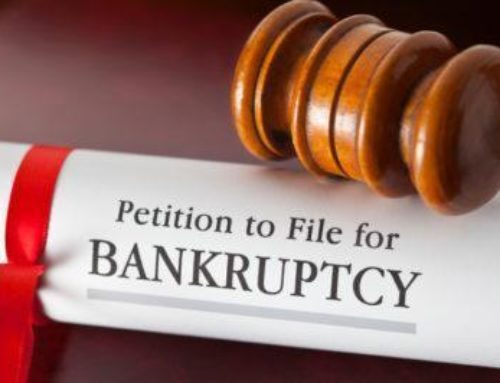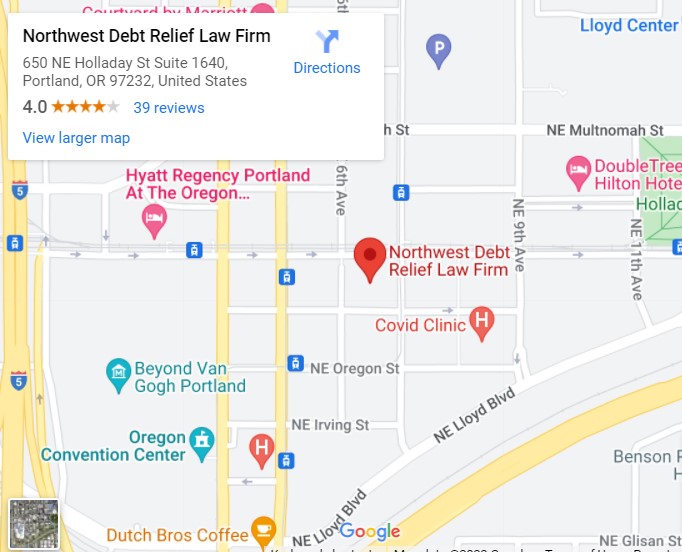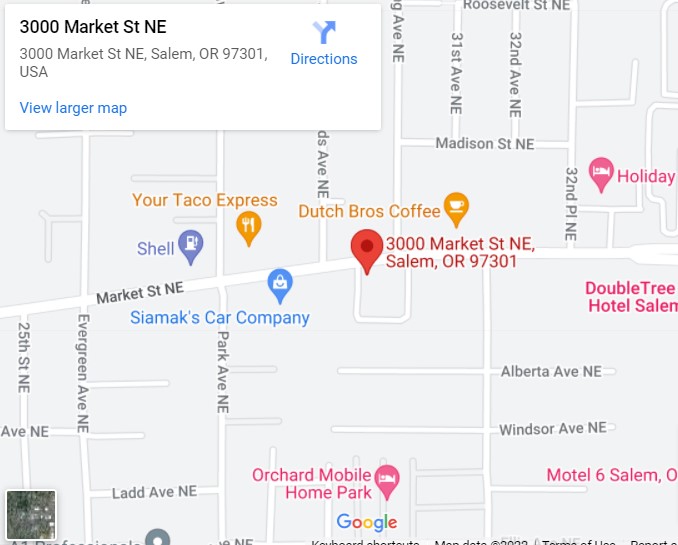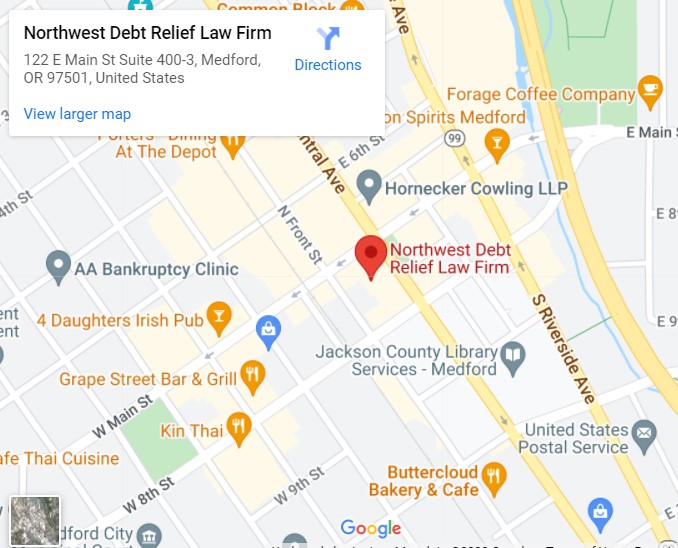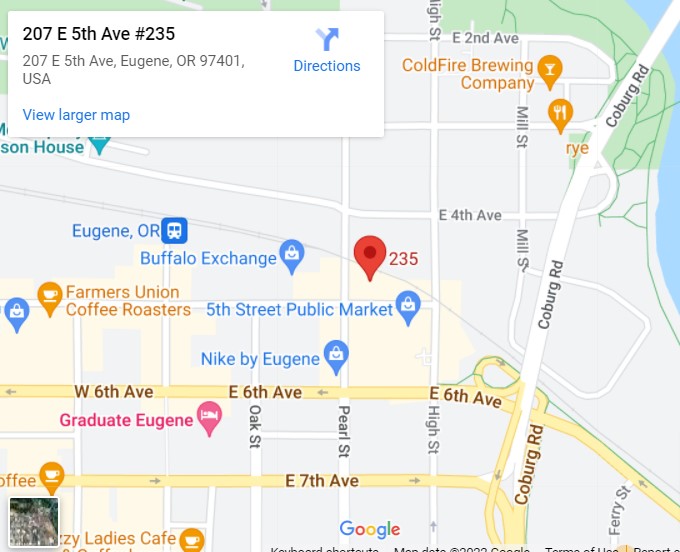HOPE for Homeowners plan
This FHA program, which took effect Oct. 1, encourages lenders to forgive some of the debt of their borrowers so they can refinance into an FHA-insured loan. It is expected to help 400,000 homeowners.
TO QUALIFY: Borrowers do not have to be delinquent on their mortgage. However, they must be spending at least 31 percent of their before-tax income on their mortgage, they must live in the home that is being refinanced, and they cannot have lied on their application for the original mortgage.
HOW IT WORKS: If a lender decides to participate, it will refinance the borrower into a new loan worth a maximum of 90 percent of the home’s appraised value, which means that the lender will automatically lose some money. The new loan must be a 30-year mortgage with a fixed rate determined by current market rates. The lender must waive late charges and prepayment penalties, and agree to a “reasonable limitation” on refinancing fees. The borrower must agree not to take out a second mortgage for five years, and to share with the FHA any equity created when the home’s value rises.
Bank of
On Oct. 6, Bank of America announced it had settled lawsuits about Countrywide Financial Corp.’s lending practices with multiple states by agreeing to modify mortgages for about 400,000 Countrywide borrowers. The program will cost $8.4 billion and takes effect Dec. 1.
TO QUALIFY: This is for borrowers struggling with option adjustable-rate mortgages or subprime mortgages. They don’t have to be delinquent, but they must live in the home and still owe at least 75 percent of the home’s market value.
HOW IT WORKS: Bank of
The bank will try to ensure that borrowers do not spend more than 34 percent of their before-tax income on their mortgage and related expenses, such as interest, taxes and insurance. It will waive fees for late payments and prepayments, and it will charge no fees for the loan workouts. The program also includes $150 million for certain borrowers who have already lost their homes to foreclosure.
Many have criticized how the program is limited to subprime and option ARMs. But Bank of America did announce another foreclosure-prevention plan in April, meant to help at least 265,000 homeowners with all types of loans. And observers say the states-approved program is likely to yield the predicted loan workouts, because the bank’s participation is mandatory and will be monitored by state officials. Bank of America says it also plans to participate in HOPE for Homeowners.
JPMorgan Chase’s plan
The New York bank announced Oct. 31 that it would expand its mortgage modification program in actions that are expected to help 400,000 homeowners. In September, Chase acquired Washington Mutual Inc., a savings and loan known for subprime mortgages.
TO QUALIFY: This program is for borrowers who “are most likely to require help,” the bank says, but it aims to reach them before they miss any payments. They must live in the home. This particular program is aimed at mortgages owned by Chase, not the ones that have been sold to investors.
HOW IT WORKS: Chase will employ a variety of strategies, such as lowering interest rates, tacking missed payments on to the end of a loan’s life span, or extending the life of a loan. It will refinance the pay-option ARMs it inherited from WaMu into conventional loans, and offer some borrowers the chance to pay interest-only loans for a period. It will eliminate any loans that let the borrower pay less than the interest owed, because those loans can result in the balance increasing instead of decreasing over time.
The bank will try to ensure that borrowers spend between 31 and 40 percent of their before-tax income on their housing payment. To reach eligible borrowers, Chase plans to open 24 housing-counseling centers across the country, mostly in the areas hit hardest by foreclosures. It will not initiate any foreclosures while it implements these new plans. Chase says it also plans to participate in HOPE for Homeowners.
Wachovia’s plan for Golden West
This summer, Wachovia Corp. undertook a major effort to refinance its pay-option ARMs, called Pick-A-Pay, into FHA and other conventional mortgages. The bank has been waiving prepayment penalties and origination fees for those customers, and it redeployed more than 900 employees into this effort, committing to contact every eligible customer.These refinances, focused on customers who are current in their loans, could help more than 250,000 of the 438,000 Pick-A-Pay borrowers. Wachovia says it also plans to participate in HOPE for Homeowners.
THE INDYMAC MODEL:
The FDIC took over California-based IndyMac Bank after its failure in July. It expects to offer loan workouts to up to 40,000 borrowers.
TO QUALIFY: Borrowers must be at least two months late on their mortgage, they must live in the home, and they must be spending at least 38 percent of their before-tax income on their mortgage and related expenses.
HOW IT WORKS: IndyMac Federal will employ a variety of strategies, such as capping interest rates at about 6.5 percent, tacking missed payments on to the end of a loan’s life span, or extending a loan from 30 years to 40. IndyMac Federal will waive late charges and not charge any fees for the loan workouts.
The FDIC is partnering with nonprofits and consumer groups to reach delinquent borrowers of IndyMac Bank. The FDIC offers financial incentives to community groups for each eligible borrower they refer.
Some other options
Loan modifications by judges: Some consumer advocates want judges to be allowed to adjust the terms of a mortgage. The banking industry has vehemently opposed this proposal, which it calls a “cram-down,” saying that banks wouldn’t know how to value their assets and would thus have to raise costs on all borrowers. There was talk of putting this provision in the banking bailout bill, but that never materialized.
Bankruptcy courts can modify the terms of almost any type of loan – except the mortgages on primary residences. “It is very, very simple,” said Mal Maynard, director of the nonprofit
Foreclosure freeze: Supporters say that simply stopping foreclosures for a while would give credit markets time to stabilize and loan-modification programs time to work through the housing market, which would let lenders increase their capacity to offer loan modifications.
A bill in the U.S. House, the Home Retention and Economic Stabilization Act, would allow delinquent borrowers with subprime or certain adjustable-rate loans to defer a foreclosure sale for up to nine months, as long as they’re still making payments either at the introductory rate or a market-determined rate. Pressure is mounting for Congress to issue some sort of moratorium, and Gov. Arnold Schwarzenegger on Wednesday called for a 90-day stay on
“It will be good if they take those extra days to work on keeping their home,” said Pamela Bank, policy counsel at the Consumers Union. “If it’s just to delay the inevitable, we question the value of it.” Others say that a moratorium would prolong the downturn in housing, and end up doing more harm than good.




